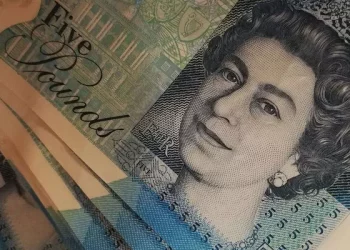The Japanese Yen (JPY) relinquished its intraday gains against the US Dollar (USD), propelling the USD/JPY pair to a new daily high around the 144.30 area during the early part of the European session on Tuesday. This upward movement is attributed to concerns about the Japanese economy following a devastating New Year’s Day earthquake, prompting potential delays in the Bank of Japan‘s (BoJ) plan to shift away from its ultra-dovish stance. Additionally, Tokyo’s falling inflation rates reinforced market expectations that the BoJ may not exit its negative interest rates policy in January. The combination of these factors, along with a stable performance in equity markets, is undermining the safe-haven appeal of the JPY.
Conversely, the USD is gaining support from an increase in US Treasury bond yields, driven by diminishing expectations for a more aggressive policy easing by the Federal Reserve (Fed). This development has contributed to the USD/JPY pair’s intraday recovery of approximately 90 pips from the vicinity of the significant 200-day Simple Moving Average (SMA).
However, despite the recent strength in the USD, the release of lower US Consumer Inflation Expectations has reinforced market beliefs that the Fed might initiate interest rate cuts as early as March. This could potentially temper bullish sentiments for the USD in anticipation of the upcoming US consumer inflation figures scheduled for release on Thursday.
Technical Analysis:
From a technical standpoint, a sustained move beyond the 144.30 area could trigger a short-covering rally, pushing the USD/JPY pair towards the psychological level of 145.00. Subsequent gains may shift the bias in favor of bullish traders, leading to attempts to breach the 146.00 mark, with an intermediate barrier near the mid-145.00s.
On the downside, a decline below the 144.00 mark is expected to find support around 143.70, representing the 38.2% Fibonacci retracement level of the recent strong recovery from December’s multi-month low. Further weakness could expose the 200-day SMA support, currently around 143.25, before a potential drop to the 143.00 mark or the 50% Fibonacci retracement level.


























